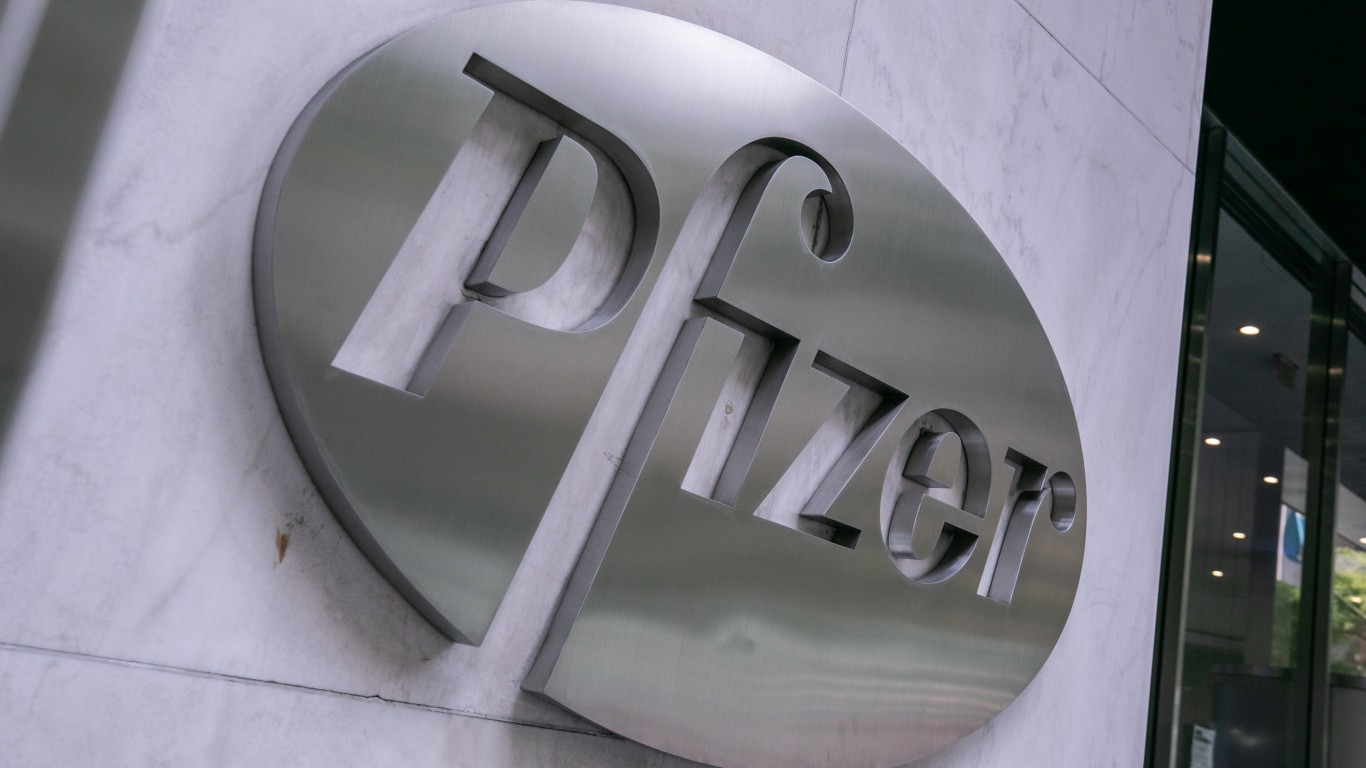
The latest quarterly results from America’s major banks have been crucial as they represent one full quarter of activity after the regional banking crisis unfolded in March. Q2 earnings from big six banks presented a kind of inconsistency — while consumer banking showed bouyancy (due to still-decent savings and pent-up demand after the Covid phase), corporate banking appeared cautious (thanks to higher rates, sticky inflation and geopolitical crisis).
Resilient Consumers
Profits in consumer banking have surged due to increased credit card borrowing, higher loan charges, and robust consumer spending. On the contrary, corporate clients’ cautious approach has negatively impacted the earnings of the big banks. JPMorgan JPM and Wells Fargo WFC, which have extensive consumer franchises, gained on the trend.
“The consumer is in good shape,” JPMorgan CEO Jamie Dimon told analysts. “They are spending down their excess cash,” as quoted on Yahoo Finance. JPMorgan, Bank of America BAC, Citigroup C, Morgan Stanley MS and Well Fargo beat on both lines in Q2. JPM’s upbeat net interest income (NII) 2023 guidance is a positive.
Corporate-Led Slowdown
Recent bank earnings reports have revealed that the corporate influence on the sector is not upbeat. For instance, Citigroup saw its overall profits decline by 36%, hurt by its corporate and investment banking unit, which witnessed a 24% decline in revenues. Goldman Sachs’ GS profits also suffered due to the real estate chaos and dealmaking slump.
Other major banks, including JPMorgan, have also experienced a decline in investment banking fees. Morgan Stanley reported a decline in equities and fixed-income investment banking activity. Credit quality has also worsened in some banks.
What Lies Ahead?
Going forward, macroeconomic and geopolitical conditions will influence corporate banking earnings. And why not? Mergers and acquisitions have witnessed a slowdown, with continuing economic uncertainty weighing heavily on potential deals. IPO activities were also downbeat and have opened up only in recent weeks.
A few factors that can help big bank earnings are a steady decline in inflation, a less-hawkish/dovish Fed, an improvement in the ongoing China-U.S. tensions, and a considerable upgrade in global economic growth. In fact, if such threats linger, we might reach a point when consumers become cash-strapped and consumer banking too starts to underperform.
On the other hand, regional banks have been struggling more or less. Their excessive exposure to struggling commercial real estate markets is a big threat. Any steeper Fed rate hikes in the coming days will make matters worse.
Lenders have already tightened their lending standards, reducing credit availability. This credit tightening has an immediate impact on small businesses and low-income households that heavily rely on regional banks for credit.
The Goldman Sachs Group, Inc. (GS): Free Stock Analysis Report
Bank of America Corporation (BAC): Free Stock Analysis Report
Wells Fargo & Company (WFC): Free Stock Analysis Report
JPMorgan Chase & Co. (JPM): Free Stock Analysis Report
Morgan Stanley (MS): Free Stock Analysis Report
Citigroup Inc. (C): Free Stock Analysis Report
To read this article on Zacks.com click here.
This article originally appeared on Zacks
Take Charge of Your Retirement: Find the Right Financial Advisor For You in Minutes (Sponsor)
Retirement planning doesn’t have to feel overwhelming. The key is finding professional guidance—and we’ve made it easier than ever for you to connect with the right financial advisor for your unique needs.
Here’s how it works:
1️ Answer a Few Simple Questions
Tell us a bit about your goals and preferences—it only takes a few minutes!
2️ Get Your Top Advisor Matches
This tool matches you with qualified advisors who specialize in helping people like you achieve financial success.
3️ Choose Your Best Fit
Review their profiles, schedule an introductory meeting, and select the advisor who feels right for you.
Why wait? Start building the retirement you’ve always dreamed of. Click here to get started today!
Thank you for reading! Have some feedback for us?
Contact the 24/7 Wall St. editorial team.





